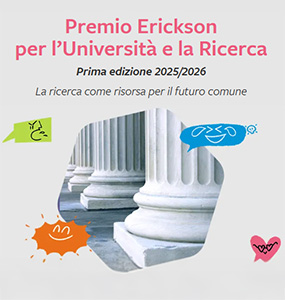I rapporti tra letteratura e disabilità
Maria Luisa Chiara
The article retraces the presence of the «others» firstly, in children’s literature, then in adult literature and lastly in the stories told by the disabled persons themselves. The article begins with the fairytale by Giovanfrancesco Straparola, a legendary narrator of the Fifties in the XIV century, continues with H.C. Andersen and Oscar Wilde and then again with Frances Eliza Hodgson Burnett with Colin in The secret garden and small Nelli, a poor, frail hunchback and with a pale face in Cuore (Heart) written by our De Amicis. Quasimodo, the deformed hunchback of Notre-Dame, represents the link between children’s literature and general literature. Marianna’s deficiency, a deaf and dumb woman in La lunga vita di Marianna Ucria (The long life of Marianna Ucria), written by Dacia Maraini, does not turn into a defeat, but into a factor that makes her different from the other women and fills her silence with thoughts. Then the article changes to the life experiences contained in Anna dei Miracoli, Ugo Pirro, Giuseppe Pontiggia and Candido Cannavò. Lastly, in the text Handicap? Una testimonianza (Handicap? A testimony), Isichiara and Elisa Vavassori ask themselves who is the real «handicapped person» in this ultracompetitive world marked by the struggle for success.


